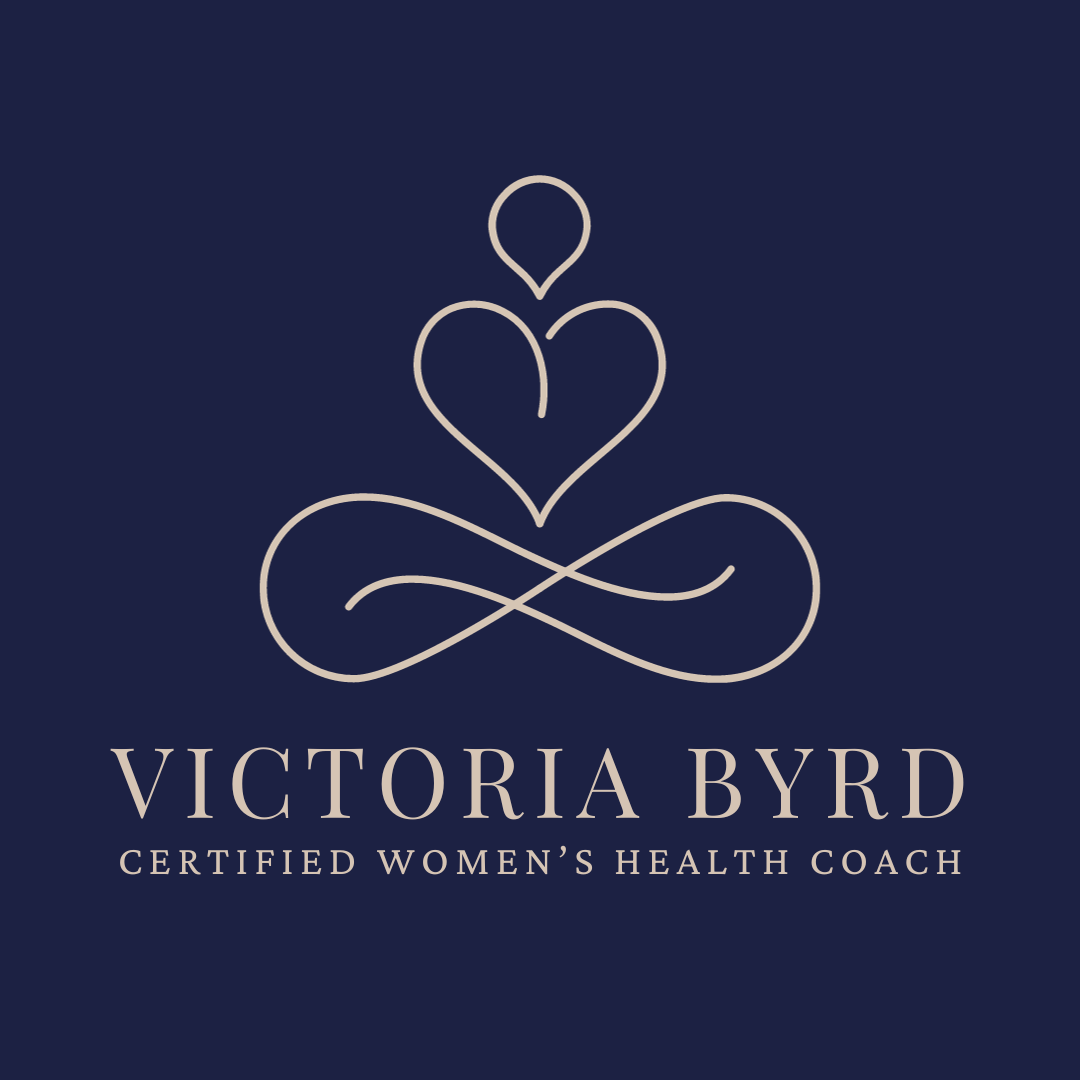Midlife Depression Isn’t Always Sadness: The Hidden Mental Health Struggles of Perimenopausal Women
Why mental health in midlife deserves more than a “you’re fine,” and what you can actually do about it…
You Don’t Have to Be Crying in Bed to Be Depressed in Midlife
If you’re a woman in your 40s or 50s and something feels off you’re exhausted, overwhelmed, snappy, numb, or just flat I want you to hear this:
Depression in midlife doesn’t always look like sadness.
In fact, it often doesn’t.
For many women, especially during perimenopause, it looks like:
Snapping at your kids over nothing and then feeling crushing guilt.
Lying in bed at 3 a.m., wide awake with racing thoughts and a sense of dread.
Sitting in a room full of people you love and feeling nothing.
Waking up tired no matter how early you go to bed.
Feeling rage that scares you.
Wondering, quietly and alone, is this really it?
As women, we’ve been conditioned to keep going. To show up. To make the dentist appointments, fold the laundry, manage the school projects, and never let the ball drop. So when we feel ourselves unraveling even a little we internalize it. We blame ourselves.
But here's the truth:
Midlife depression is underdiagnosed. And it is often hormone-driven.
Why Perimenopause and Depression Go Hand in Hand
During perimenopause, estrogen and progesterone begin to shift dramatically. Estrogen affects serotonin and dopamine your brain’s mood stabilizers. Progesterone? That’s your calming, sleep-promoting hormone. When both are dysregulated (which they are in perimenopause), your brain is on high alert.
You’re not imagining the mood swings. The apathy. The rage. The inability to cope like you used to.
It’s not just “getting older.”
It’s your brain reacting to your body’s hormonal chaos.
And while hormone therapy isn’t technically FDA-approved for depression, studies show estrogen has a powerful impact on mood regulation. The Menopause Society reports that 20% of women experience depression for the first time during perimenopause. I personally believe it’s higher because so many women don’t recognize what’s happening.
The Invisible Load and the Shame of “Wanting More”
Beyond biology, let’s talk about what midlife actually looks like.
You're raising kids (some grown, some still little), managing a household, maybe caring for aging parents, holding down a job, and trying to hold yourself together.
And in the midst of it all, you start asking questions you’re not sure you’re allowed to ask:
Who am I when my kids don’t need me every day?
What happens if my marriage feels like parallel living now?
Is it okay to want something more than just surviving the day?
These questions aren’t selfish. They’re human. But our culture has told women for decades that motherhood should be enough, that caregiving is the pinnacle of our purpose. So we quietly swallow our dissatisfaction, wrap it in guilt, and call it gratitude.
But behind closed doors, we’re crying in the shower. We’re snapping at our partners. We’re lying awake wondering if we’re slowly disappearing.
We Need to Talk About It Out Loud
We have to normalize this conversation. Because if we don’t, women will keep thinking they’re the only ones who feel this way. They’ll keep suffering in silence.
And the silence is dangerous.
Suicide rates peak for women between the ages of 45–54. That is midlife. That is us.
What You Can Do (and What You Deserve)
If you're reading this and nodding along, please know:
You’re not broken. You’re not weak. You’re not alone.
And you deserve more than vague advice like “get a hobby” or “try meditating.” You deserve support that actually meets you where you are.
Here are a few options to consider:
Talk to your doctor about hormone therapy if you suspect your mood is linked to perimenopause symptoms.
Don’t wait to reach out for therapy. Cognitive behavioral therapy (CBT), trauma-informed care, and support groups can be life-changing.
Ask about medication if needed. There is zero shame in using tools that support your brain and body through a tough season.
Work with a coach who understands midlife. Someone who can help you build sustainable lifestyle shifts around nutrition, sleep, stress, and boundaries. (Yes, this is exactly what I do.)
Final Word: You Don’t Have to Do This Alone
If any of this resonates, start by giving yourself permission to admit you’re not okay. That’s where healing begins.
You can book a free 15-minute call with me right here. Whether you need a referral, a resource, or a roadmap: I’m here to help.
Listen to this week’s episode of the Women Mastering midlife Podcast
And if you know someone who needs this message, please send it to her. We don’t need to fix each other. But we can walk each other home.


